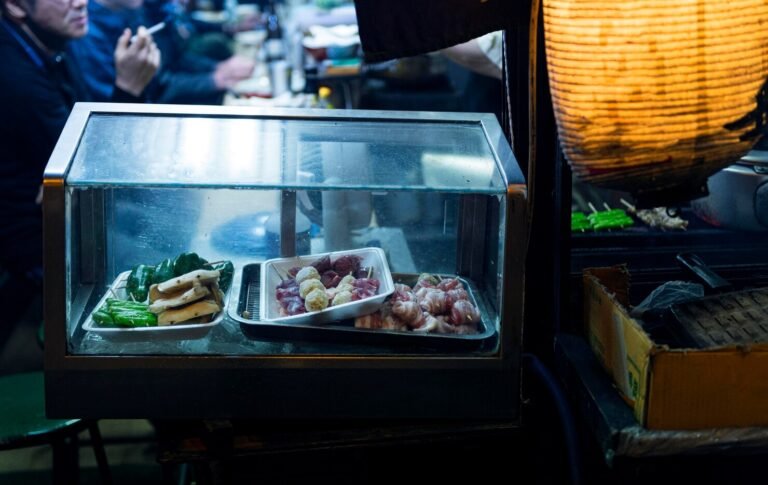
Introduction
Chinatown hawker leftovers consumption centers are bustling hubs of culture and cuisine, offering a wide variety of delicious and affordable meals. However, with the high volume of food being prepared daily, food waste has become a growing concern. Leftover consumption—whether through redistribution, creative reuse, or personal habits—plays a crucial role in minimizing waste and promoting sustainability. This article explores different aspects of leftover consumption in Chinatown hawker centers, from cultural attitudes to practical solutions that can help reduce food waste while maintaining the vibrancy of these iconic food spaces.
Headings and Explanations
1. The Scale of Food Waste in Chinatown Hawker Centers
This section will discuss the amount of food waste generated daily in Chinatown hawker stalls, backed by statistics or observations. It will highlight why leftovers are a significant issue, considering factors like large portion sizes, unsold food, and customer habits.
2. Cultural Perspectives on Leftovers in Asian Communities
Here, we explore how different cultures, particularly within Asian communities, view leftover food. Some may see it as thrifty and practical, while others associate it with being wasteful. Understanding these attitudes helps explain why some hawkers and customers are more proactive in reducing waste.
3. How Hawkers Manage Unsold Food
This section examines the strategies hawkers use to handle leftovers—whether they donate, repurpose, or dispose of them. Some may collaborate with food rescue organizations, while others might creatively reuse ingredients the next day.
4. Consumer Habits: Why Do People Leave Food Behind?
Many diners leave uneaten food on their plates. This part analyzes common reasons, such as oversized portions, personal preferences, or a lack of awareness about food waste impacts. It may also touch on whether takeaway culture contributes to the problem.
5. Initiatives to Reduce Leftover Waste in Chinatown
Several programs and movements aim to tackle food waste in hawker centers. This section covers initiatives like food-sharing apps, charity partnerships, and educational campaigns encouraging mindful eating and leftover utilization.
6. Creative Ways to Repurpose Hawker Leftovers
Instead of throwing food away, how can leftovers be transformed? This section provides ideas for both hawkers and consumers—turning leftover rice into fried rice, using vegetable scraps in soups, or even composting organic waste.
7. The Role of Government and Policy in Food Waste Reduction
Are there regulations or incentives to help hawkers minimize waste? This part explores policies like food waste recycling programs, subsidies for sustainable practices, or awareness drives by local authorities.
8. How You Can Help: Tips for Reducing Leftovers
A practical guide for readers on how they can contribute—ordering smaller portions, taking leftovers home, supporting food rescue programs, or simply being more conscious of their consumption habits.
Conclusion
Chinatown hawker leftovers consumption represent both a challenge and an opportunity. While food waste is a pressing issue, the collective efforts of hawkers, consumers, and policymakers can make a difference. By adopting mindful practices, supporting waste-reduction initiatives, and respecting the value of food, we can ensure that these vibrant food centers remain sustainable for future generations. Whether through small personal changes or larger community actions, everyone has a role to play in minimizing waste and preserving the rich culinary heritage of Chinatown’s hawker culture.